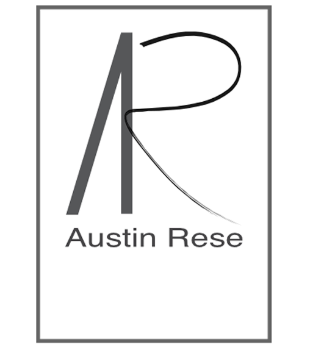Upon entering the room, one’s senses are instantly captivated by the violently whirling colors before them. The setting becomes liquid as the 12’ high walls seem to spill onto the floor and flow about one’s feet in constant motion. The room is not a simple square; but rather, a multi-planed trapezoid with irregular “finger” chambers. The space feels as one while a mélange of Vincent Van Gogh’s masterpieces engulf the room. Each appears as fragments of thought streaming from one to-the-next. Energy was high and a sense of discord seemed to prevail…
This was the "Immersive Van Gogh Exhibit".
Social media had been abuzz with tidbits of information concerning this particular event and I certainly did not want to miss it. The venue, itself, was quite interesting as well. Held within a building of historical significance (Camp North End), it had once been a home to the Ford Motor Company. During the 1920’s over 300,000 Model T and Model A cars were built here. Additionally, the building housed missile ammunition manufacturing during the Cold War and subsequently pharmaceutical development. Present renaissance includes an advent space, restaurants, retail, and offices.
Industrial in nature, the space seemed to be the ideal stage for such an exhibit. Giant sunflowers (an homage to the artist), sculpted from Ford auto parts, greeted patrons. A mosaic floor of timber cuts gave the space a feeling of near-ancient acclaim. Such formed the backdrop for a café, gift shop, selfie-station, and a gallery where local artists to exhibited their talents.
The artist was born Vincent Willem Van Gogh in 1853 Netherlands of upper-middle class Dutch descent. He began his career as a 5th generation dealer of art. A close tie to his younger brother, Theo, led to an interest in becoming an artist, himself. This segment of life soon found him impoverished and in a sea of desperation. ---Seeking comfort in purpose, he briefly followed a calling of protestant missionary work. However, his interest in painting soon returned as life’s focus.
Studies led him to a life in France where he crossed paths with other artistic greats as: Louis Aquetin, Emile Bernard, Henri de Toulouse Lautrec, and Paul Gauguin. The latter became a close confidante and foe, leading to Van Gogh’s famous left ear self-mutilation.
Van Gogh became the quintessential “Tortured artist”. Latter studies indicating the mental confliction of a bipolar disorder and depression-- fueled by malnutrition and alcohol-- led him to end his life at 37. It was posthumously that he became one of the most famous & influential figures in Western art. A recent auction bringing over $100M for a single piece of work.
Considering his career of painting lasted less than a decade, he was quite prolific. Over 2100 works of art are associated with his talents. However, it wasn’t until nearly the last 2 years of his life that the bright colors and dramatic brushstrokes so commonly associated with his work began to appear. These characteristics led to the foundation of modern art.
A loud soundtrack of precisely selected music accompanied the explosive visuals. I allowed it to consume my mind. A grip of desperation seemed to take hold as Modest Mussorgsky’s “The Great Gate of Kiev” and Samuel Barber’s “Adagio for Strings” fueled a roller coaster of emotion. Soon, I felt as if I had simultaneously left my own body and landed in the tormented mind of another. It was the mind of Vincent Van Gogh. Though full of unrequited desire for success and respect, he made an indelible mark on the world.
Returning home, I remembered a quote from Van Gogh which was located at the entrance to the exhibit:
Words of wisdom, indeed.






0 Comments